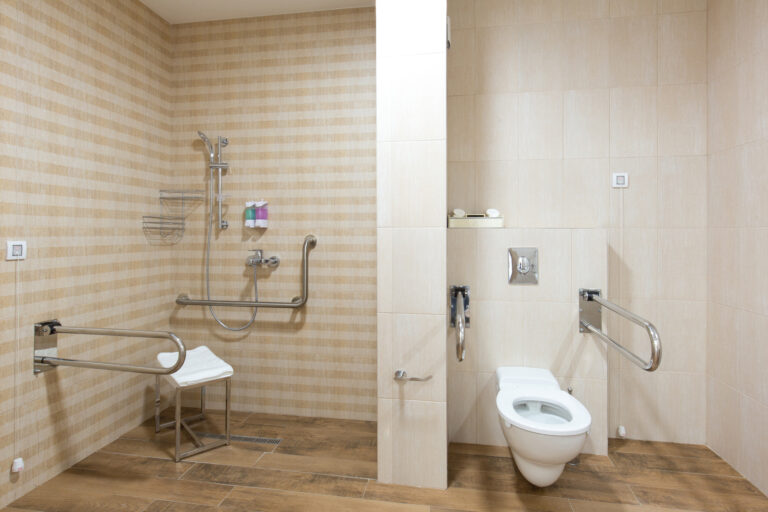Alzheimer’s disease is a progressive brain disorder that affects memory, thinking, and behavior. As the disease progresses, simple tasks like standing up from a sitting position can become difficult and dangerous for the person. This is where a lift chair comes in handy. A lift chair is a specially designed recliner that can lift a person up to a standing position with just the push of a button. It can greatly improve the quality of life for a person with Alzheimer’s by providing them with independence, comfort, and safety. However, using a lift chair may be confusing or intimidating for someone with Alzheimer’s. That’s why it is crucial to know how to help a person with Alzheimer’s use a lift chair.
1. Understand the person’s needs and abilities
Before introducing the lift chair to the person with Alzheimer’s, it is important to understand their needs and abilities. Take note of their physical limitations, their preferences, and any behaviors or triggers that may affect their use of the lift chair. Knowing these things will help you tailor your approach and make the experience more comfortable for them.
2. Demonstrate and explain the lift chair
The first step in helping a person with Alzheimer’s use a lift chair is to demonstrate how it works. Show them the remote control and how to operate it. Use simple and clear instructions, and repeat them if needed. It may also be helpful to use visual aids such as pictures or diagrams to make it easier for them to understand.
3. Guide them through the process
As the person with Alzheimer’s may have difficulty remembering the steps involved in using the lift chair, it is important to guide them through the process each time they use it. Encourage them to press the button on the remote control while you assist them in standing up or sitting down on the chair. Be patient and gentle, and give them verbal cues if needed.
4. Use familiar objects and routines
People with Alzheimer’s may find it easier to remember something if it is associated with a familiar object or routine. You can use this to your advantage by placing a familiar object such as a favorite blanket or cushion on the lift chair. This will help them feel more comfortable and at ease while using the chair.
5. Create a safe and calm environment
It is important to create a safe and calm environment while the person with Alzheimer’s is using the lift chair. Remove any potential hazards such as rugs or cords that may cause them to trip or fall. Keep the room well-lit and free of distractions. A calm and peaceful environment will help them focus on the task at hand.
6. Encourage independence
It is important to encourage independence when using the lift chair. Allow the person with Alzheimer’s to try using the remote control on their own, with your supervision. This will help them regain some sense of control and independence, which can be empowering for them.
7. Be patient and supportive
Using a lift chair can be overwhelming for someone with Alzheimer’s, and they may need more time and support to get used to it. Be patient, understanding, and supportive throughout the process. Praise them for their efforts and offer reassurance when needed. This will help build their confidence and make the experience more positive for them.
8. Regular maintenance
Make sure to regularly maintain the lift chair to ensure it is in good working condition. Check the batteries in the remote control, keep the chair clean and free of debris, and address any issues or malfunctions promptly.
In conclusion, helping a person with Alzheimer’s use a lift chair requires patience, understanding, and a gentle approach. With proper guidance and support, a lift chair can greatly improve the quality of life for someone with Alzheimer’s by providing them with independence, safety, and comfort. Remember to tailor your approach to their individual needs and abilities and create a calm and safe environment for them to use the lift chair. By following these tips, you can make the experience of using a lift chair a positive and empowering one for the person with Alzheimer’s.





